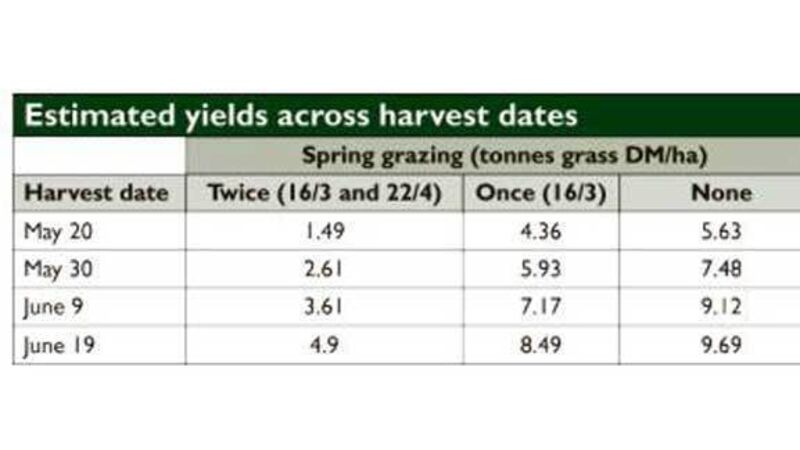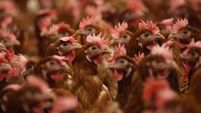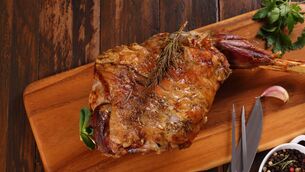News Q&A: No let-up for farmers trying to maximise grass

As forecast, temperatures from 14.4C to 25.4C across the country boosted grass growth.
But heavy rainfall of 15mm-19 mm, worst in Cork but across much of Munster, affected grass utilisation.
Coming on the heels of the wettest and coldest April for decades, there has been no let-up for farmers trying to maximise grass growth and utilisation.
Teagasc has issued the following advice to cattle farmers.
The accompanying table details fertiliser application rates for a number of stocking rates.
If the weather stays fine, and growth rates pick up to 60kg/ha/day, then a stocking rate of 1,200kg/acre is required to keep on top of grass.
For the main growing season, a 21-day rotation is required.
This means you are grazing one third of grazing ground per week.
This means walking your farm once a week to check how much grass you have ahead of stock.
Try imagining how long the grass would last if growth stopped.
In very good growing conditions, you only need 10 days’ grass ahead of stock.
Aim to graze 8cm-10cm covers (1,300kg-1,600kg).
If grass covers are too heavy, skip these paddocks, and turn into paddocks that are the right cover (8cm-10cm, or a cover of 1,300kg-1,600kg DM/ha).
If you have a large number of paddocks that are too strong, you have the option of leaving some of them off, to be cut for first-cut silage.
There is a big variation in closing dates for silage this year.
Some silage ground was not grazed this spring, while more silage land was only grazed around the third week of April.
Some farmers (particularly those who bale their first cut) will keep to targeted cutting dates.
However, where contractors are charging per acre, it probably makes more sense to delay the first cut, and use surplus round bales as a way of making quality silage for weanlings.
Research findings from Grange (average of six years) are detailed in the accompanying table.
Looking at this data, in a normal year, silage ground that was not grazed would produce a standing crop of 5.63t DM, or roughly the equivalent of 11t/acre (fresh weight), by May 20.
As growth has been below normal this spring, an equivalent yield may not be reached until the end of May.
Ground that was grazed in the third week of April is likely to reach a yield of 10t/acre (fresh weight) by June 19 (see accompanying table).
Looking again at data from Grange, where closing was delayed until April 22, and silage was harvested on June 19, it had an equivalent DMD to silage not grazed, and cut by May 20.
However, protein percentage will be lower where silage ground is grazed.
As every year is different, silage crops will have to be assessed as the month goes on.
Walk your silage fields weekly in May and June, and book the contractor in time.
If weather conditions are favourable, be prepared to harvest a few days early.
Get prepared in good time. Clean out silos that are due to be filled, and complete any required repairs in plenty of time
Have plastic sheets, sandbags, etc, ready for covering the silo.
Stack tyres conveniently.
Clean the effluent channels and empty the effluent collection tank.
Agitate the slurry, so it will be ready for spreading on the silage stubble.
Silage making poses a series of dangers, so plan to avoid any mishaps.













